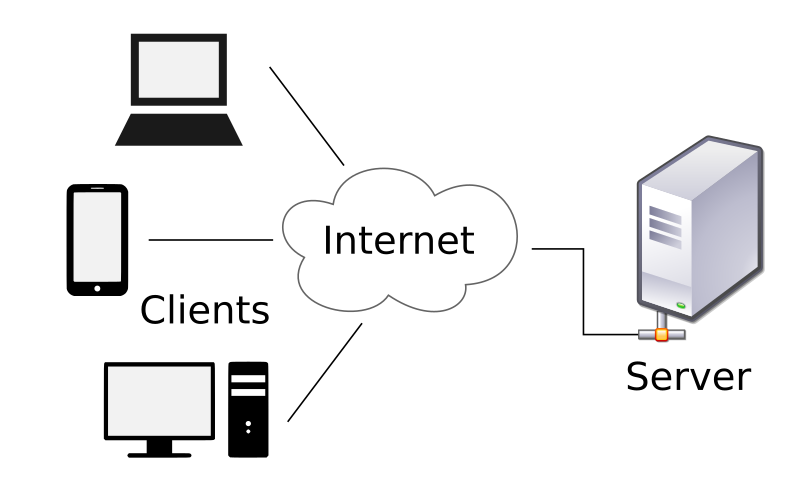In the IT universe, a server is a piece of hardware that imparts functionality for other systems known as clients. This is called the client-server model. Servers may provide different services like data and resource sharing among multiple clients or computation for another set. One server may service many clients and one client may utilize more than 1 server. Different types of servers include database servers, mail servers, file servers, web servers, application servers, game servers, and print servers.
Each of them serves a specific function. Well, servers are of numerous varieties but what goes into each server is interesting to know. What are the parts that are important and the ones that a server cannot do without? Typically, a server is made up of several hardware components, commonly found in the IT sphere. Given below is a breakup of each major server components and its functions.
Processor –
The Central Processing Unit (CPU) of your server, also known as the processor, translates and performs instructions, processes data, and performs tasks like serving web pages, running database queries, and performing other computing commands. The higher the number of processors in the server, the faster and more efficiently it will run and execute instructions. The clock speed affects processor speed.
However, today improvements in chip architecture have brought about a change. Today a processor, irrespective of its clock speed, can execute more instructions simultaneously, courtesy of multiple cores, subcycling, and multiple threading. This results in increased data throughput and reduced latency. Most modern servers have multicore and multithreaded processors. Each generation of processor chipsets comes with improvements in the chip architecture. The best processors include the Intel Xeon range and AMD processors.
Motherboard –
The server motherboard is a very important part of the server’s architecture. Known as a mainboard or system board, its main function is to aggregate all server components into a single system. Unlike PC motherboards, the ones for servers do not need GUI interfaces, video adapters, audio interfaces, and other peripherals.
A server motherboard requires a good power source, UPS and fan, a high-speed bus, and I/O interfaces. The chipset in a server motherboard controls all the bus workloads. A server motherboard links with other PCs over a network and facilitates their interaction. It needs a higher capacity for processing and work and has the required enhanced options to accommodate such requirements. Chipsets in a server motherboard determine memory type, channels, speed, and capacity.
Memory –
Server RAM may be a tiny part of the whole server mechanism, however, it is very important. If the RAM malfunctions, the server may experience issues like system freezes and a blue screen. Server RAM processes data from HDDs or SSDs to the CPU. Server RAM is a volatile memory which means it only holds data upon being connected to a power source. The read and write speed of RAM is much higher than the storage memory. The CPU can directly access server RAM without searching the HDD or SSD for data or instruction. The capacity of RAM impacts server performance. With more memory, servers can run more Virtual Machines (VMs). Server RAM may be DDR3 or DDR4. Usually, the latter is preferred for faster performance.
Storage –
Storage capacity in a server is crucial. The higher your storage, the more applications you may run and the more data you may store. The amount of disk space that one or more storage devices provide is termed “Storage Capacity”. It measures the amount of data contained within a computer system. For example, servers with four 1 TB drives have storage capacities of 4 terabytes each. Servers may use SSDs or HDDs. Normally, server SSD drives are faster than their HDD counterparts and perform operations extremely well. There are storage servers, which are used to store, access, and secure as well as manage digital data, services, and files. It is purpose-built for storing small to large amounts of data.
RAID Controller –
A RAID card or controller manages the disk drives in a RAID infrastructure. It supplies the actual disk drives as logical units to the PC or server that manages the RAID infrastructure. A RAID controller may also be known as a disk array controller. A controller offers some level of abstraction between an OS and physical storage drives. There are around ten different RAID configurations as well as a number of exclusive variations of the standard RAID levels set. A RAID controller supports a particular RAID level or groups of similar levels.




